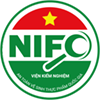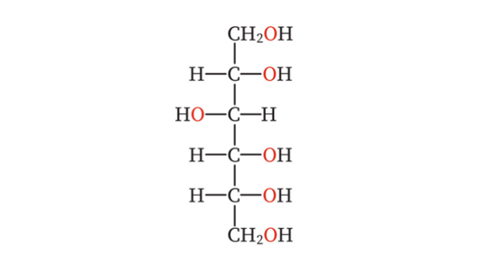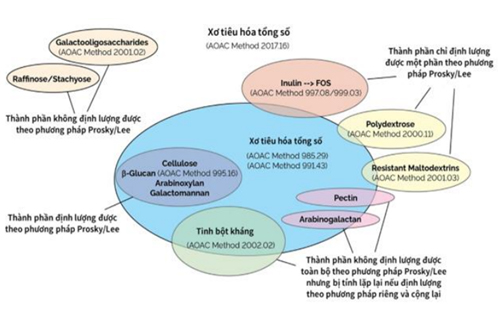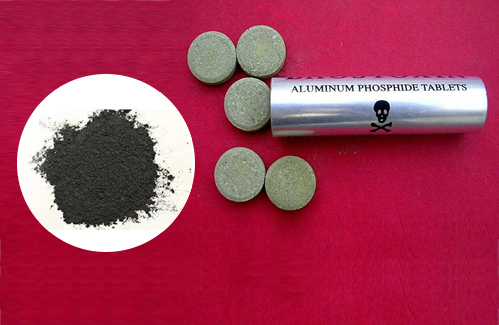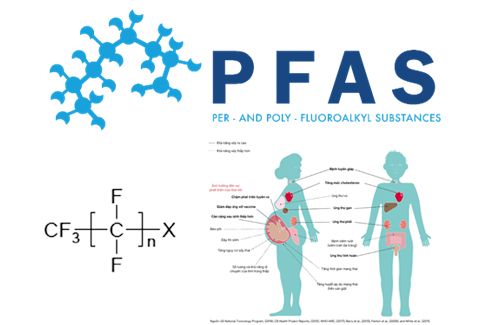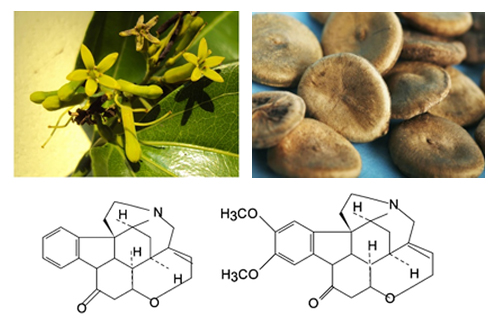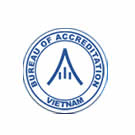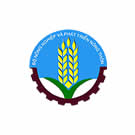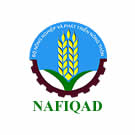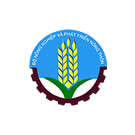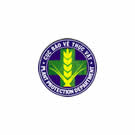- Folder Technical News
- Views 5120
- Last Updated 31/05/2024
All food, upon production, are required to have essential information printed on their packaging labels. This information includes ingredient, nutritional content, recommendations and manufacturering details. It is a necessary habit for consumers to read and accurately understand these labels to select products that meet their intended use. Below is a guide to reading food product labels to ensure nutritional value for you and your family!
Food products are becoming increasingly diverse and abundant in categories, forms, colors, flavors, and convenience. Entrepreneurs are more and more understand the psychology behind customer behavior to acquire and retain customers by continuously introducing visually appealing, flavorful, and convenient food products to retain customers' loyalty to their brands. However, it raises the question of whether we are discerning consumers who understand the importance of reading product ingredient labels before making a purchase, or whether we overlook this due to the brand name and the product's popularity in advertising media?
1. The importance of reading food labels
Nowadays, food items are increasingly diverse in category, form, packaging, texture, flavor, and nutritional components which are often packaged in sealed bags or boxes adorned with vibrant colors and materials, along with eye-catching images to attract consumers during shopping. Consequently, it becomes challenging to discern the actual appearance, texture, flavor, and ingredients of the enclosed product. Thus, understanding how to read product labels can provide essential information about the product, such as its name, flavor, color, nutritional content, etc.
Neglecting to pay attention to product labels can lead to the purchase of counterfeit or expired goods, or even improper use and storage due to a lack of understanding of the instructions, which can have detrimental effects on health. Moreover, for individuals sensitive to certain ingredients like lactose, gluten, or other allergens such as nuts, shrimp, etc., or those with specific dietary requirements such as calorie control or diabetes management, comprehending the information on product labels is crucial for selecting suitable products that ensure personal health and safety.
2. Information on foodlabels
The Government Decree No. 43/2017/ND-CP on product labeling and Circular No. 29/2023/TT-BYT provide guidance on nutritional component labeling, the regulations meticulously stipulate the details required on product labels. These include nutritional components, label placement, color schemes, symbols, product imagery, language, and content to ensure comprehensive information and descriptive imagery are positioned where consumers can easily read and understand the products they intend to purchase, contained within sealed packaging.
Generally, food product labels contain the following information:
- Product name and brand
- Ingredients (listed in descending order by weight, potentially including the percentage of each ingredient present) - this encompasses a list of food additives and information for individuals with food allergies
- Nutritional information
- Production date, expiration date, production batch (if any), and instructions for use and storage
- Details of the manufacturer and the country of origin where the food product was produced
- Product weight
The nutritional information on the product labels, as mandated by Circular 29/2023/TT-BYT, includes the following:
- Energy content (kcal);
- Protein content (g);
- Carbohydrates (g);
- Fat content (g);
- Sodium (mg).
- Additionally, for beverages, processed milk with added sugar, and other sugar-added foods, the total sugar content must be specified.
- For foods that are processed by frying, the saturated fat content must also be listed.
This information assists consumers in making decision on what they need to buy and how to maintain their desired diet.
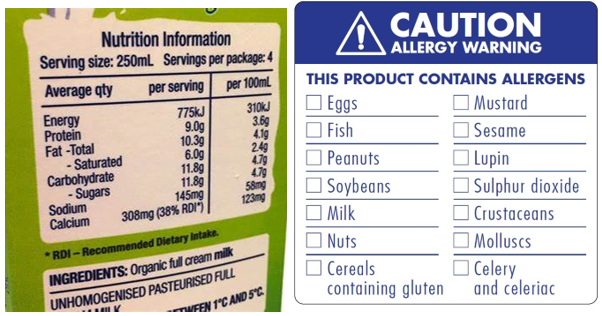
Figure about ingredient, nutrition information and allergy warning in food labels
3. How to understand nutrition information
The nutritional information panel provides details on the standard serving size of the product and the nutritional components contained within that serving. Specially, it includes:
- Energy (measured in KJ): Energy is a crucial element for maintaining bodily functions. Calculating calorie intake helps control weight issues (weight gain/loss depends on the amount of calories consumed). For instance, consuming fewer kilojoules (kJ) is necessary for weight loss.
- Protein: Found in meat, poultry, dairy, fish, eggs, beans, soy, and nuts, protein is essential for growth and has the same caloric value as carbohydrates.
- Fats: Fats have a higher caloric content than other nutrients, thus their intake should be monitored and limited.
- Saturated Fats: There are various types of fats. Saturated fats are associated with a higher risk of heart disease and elevated blood cholesterol levels, making it particularly important to choose foods low in saturated fats.
- Carbohydrates (total): Carbohydrates are an energy source found in all types of bread, cereal products, sugar, and sugary foods. Sugar, a type of carbohydrate, should be limited, especially in foods with added sugars, and replaced with other energy-yielding components. Healthy carbohydrates: These are unprocessed or minimally processed, such as whole grains and legumes.
- Fiber: Foods rich in fiber like whole grain bread and cereals improve digestion while still providing a feeling of fullness.
- Sodium: This parameter indicates the amount of salt in the product. Excessive salt intake is linked to high blood pressure and can lead to heart disease, stroke, and kidney disease.
4. Some notes when reading food labels
- Portion size and caloric content: The recommended serving size is not a directive for how much individuals should consume, but rather a reference amount.
- Sugar content labeling (with sugar/low sugar/sugar-free): This is crucial for individuals with diabetes or those following specific dietary regimens.
- Allergen information such as lactose, gluten, peanuts, soy, etc.
- Product freshness indicators like "Best used before the date of...", or expiration date.
- Guidelines for proper storage conditions.
The above are essential guidelines for interpreting food product labels, as well as considerations to keep in mind before adding items to your shopping cart. Consumers are encouraged to be well-informed about what they eat to make smart purchasing decisions.
5. Conducting food testing for labeling purposes at the National Institute for Food Control.
The National Institute for Food Control, the premier food testing authority under the Ministry of Health, is designated by the Ministry of Health, the Ministry of Agriculture and Rural Development, and the Ministry of Industry and Trade to conduct testing serving state management. As the national referee of food quality and safety, the Institute performs a critical role in ensuring compliance with legal standards.
In addition to fulfilling its state management testing duties as mandated, the National Institute for Food Control offers testing services to clients requiring food safety verification. The Institute conducts comprehensive testing of all quality and safety parameters necessary for product labeling, in accordance with legal regulations. Its testing methods are ISO/IEC 17025 certified, ensuring international standards of accuracy and reliability.
Specifically, the Institute tests for nutritional components as per the nutritional labeling requirements of Circular No. 29/2023/TT-BYT, including energy, non-fiber carbohydrates, protein, fat, sodium, total sugars, saturated fats, and other nutritional indicators such as vitamins, minerals, a
mino acids, and fiber. It also rigorously tests for food safety parameters in accordance with various regulations, including food additives (Circular 24/2019/TT-BYT), mycotoxins (QCVN 8-1:2011/BYT), heavy metals (QCVN 8-2:2011/BYT), microorganisms (QCVN 8-3:2012/BYT), and plant protection chemicals (Circular 50/2016/TT-BYT). Additionally, the Institute conducts testings according to TCCS, TCVN, and QCVN standards.
Vu Thi Nhat Le
Nutrients and Food Additives
National Institute for Food Control
Contact for consultation and testing
- Headquarters: Scientific and Technical Service Center - National Institute for Food Control
Address: 65 Pham Than Duat, Mai Dich, Cau Giay, Ha Noi
Hotline: 0084 5 929 9595
Email: baogia@nifc.gov.vn/ nhanmau@nifc.gov.vn
- Representative office in Ho Chi Minh City
Address: Tan Cang Port - Cat Lai, Room A102, Gate B Cat Lai Port, 1295B Nguyen Thi Đinh street, Cat Lai ward, Thu Duc, Ho Chi Minh city
Telephone: 08428.37.400.888/ Hotline: 0084918.959.678 (Mr. Nghị)
Email: baogia@nifc.gov.vn/ vpsg.nifc@gmail.com
- Representative office in Hai Phong City
Address: Number 1 Ngo Quyen Street, Hai Phong city
Telephone: 0084225.8830316/ Hotline: 0084983.300.226 (Ms. Thương)
Email: vphp@nifc.gov.vn
